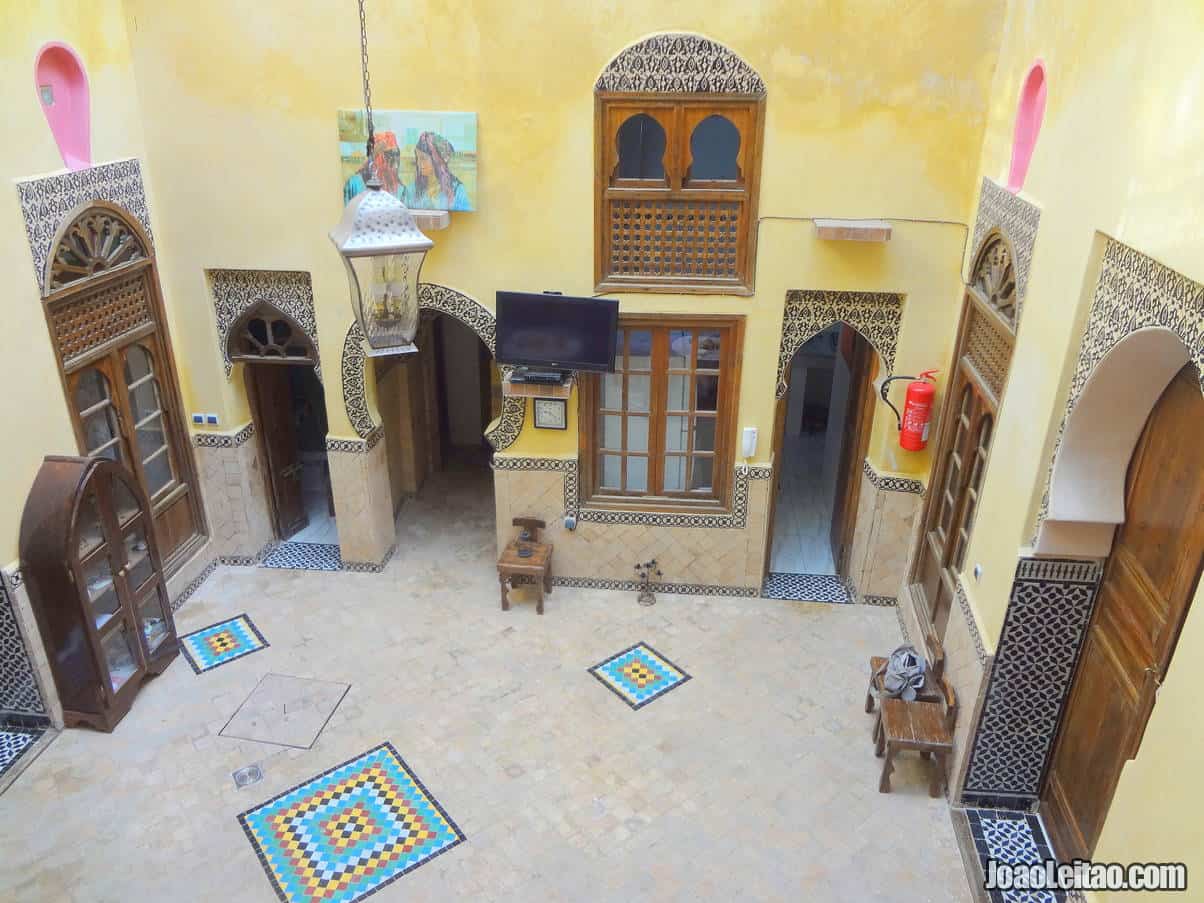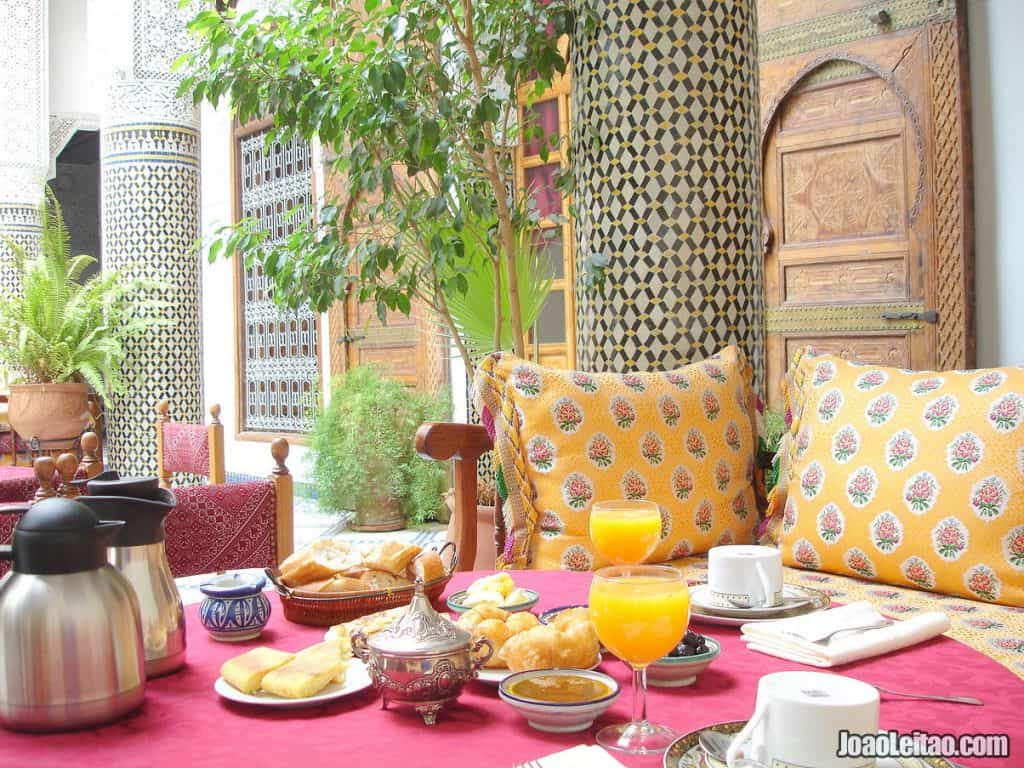Table of Contents
Visit Fez
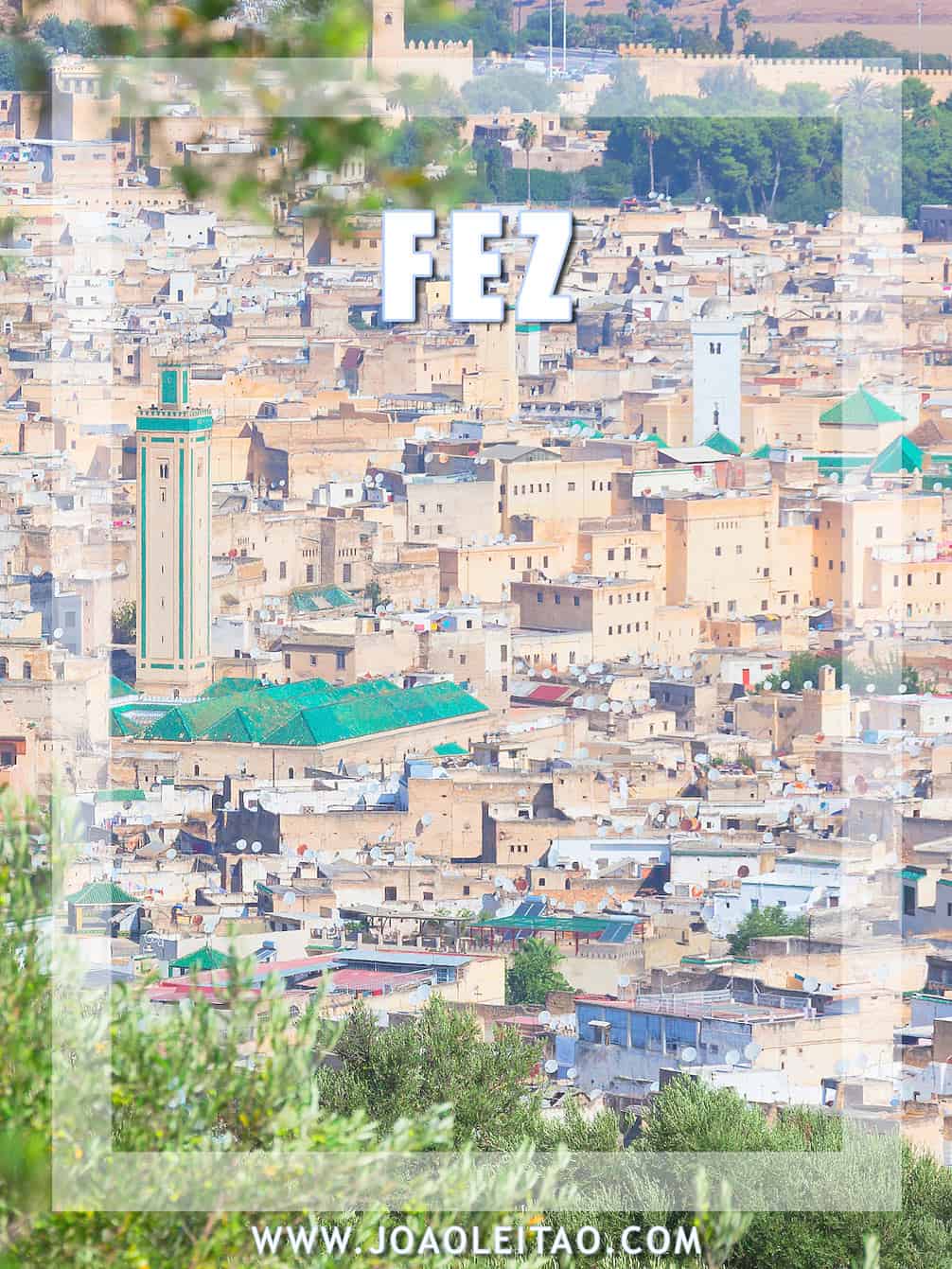
Fez (also spelled Fes) is one of the four imperial cities of Morocco, alongside Rabat, Meknes, and Marrakesh. It’s located on the north side of the country, far away from the coast, with a population of a little over one million people.
They say Fez is the most Moroccan city in Morocco, where you’ll find the best-preserved historic center of the Arab world, with a lot to attract tourists, quality-, quantity-, and diversity-wise. One more remarkable fact about Fez: it’s the biggest urban place in the world without car traffic.
Introduction to Fez
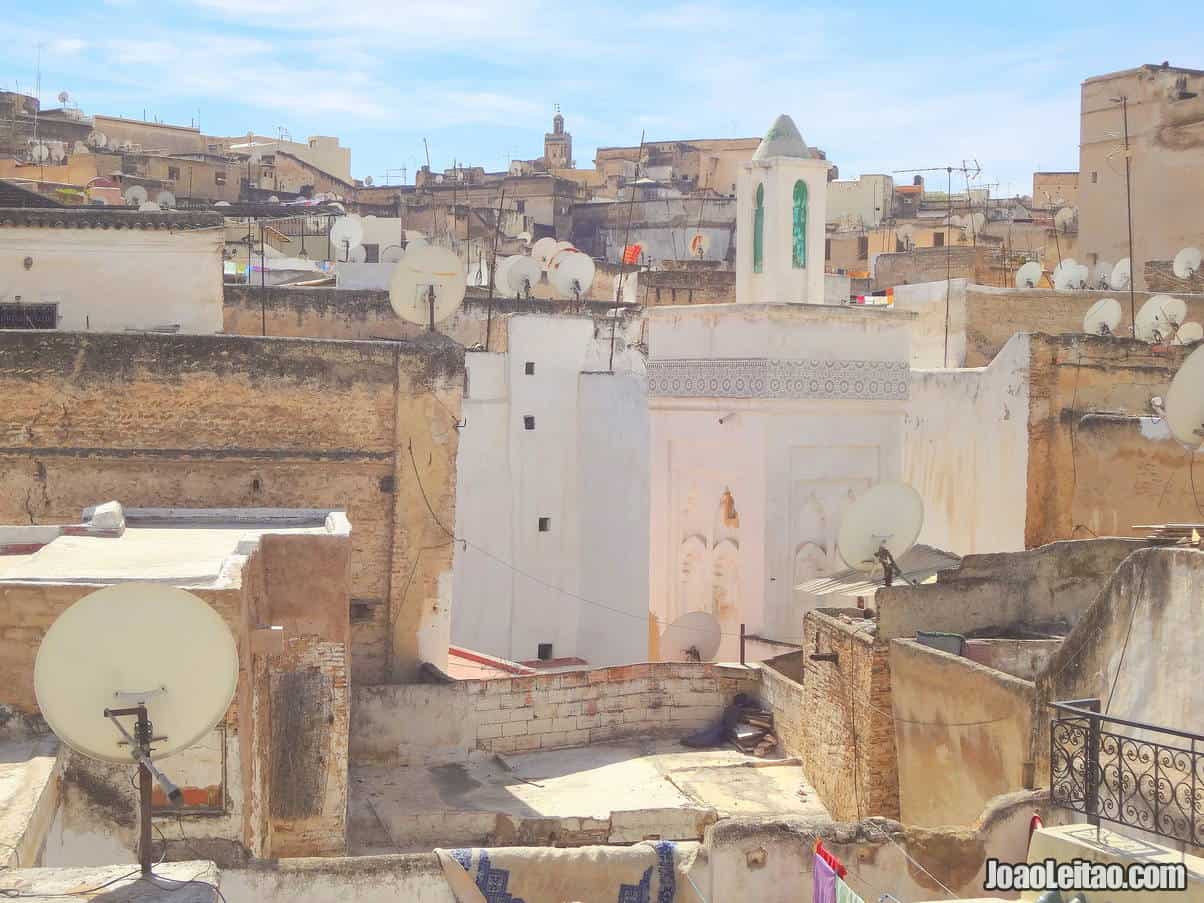
The year of Fez’s foundation is uncertain, but it’s estimated somewhere between the 8th and the 9th centuries. Shortly after, refugees arriving from al Andalus (Islamic Iberia) and migrants coming from Tunisia, boosted the city growth.
However, tensions between these two communities were a source of constant conflicts, some of them violent, that only ended with the arrival of the Almoravids in 1070. That’s when the medina took its current shape and when the walls that still stand today were built.
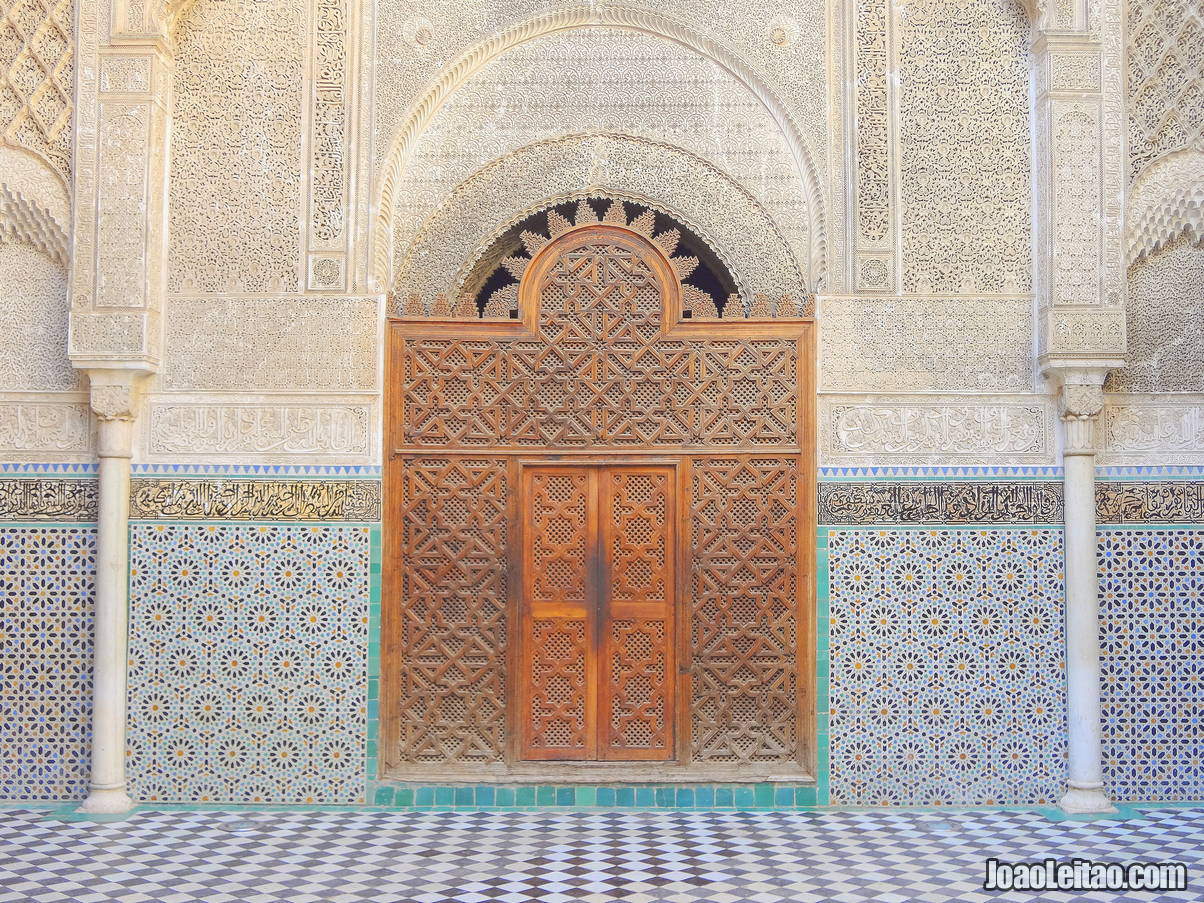
In 1170, with a population of about 200,000 people, Fez was the largest city in the world and became the capital of Morocco in 1250. From then on, it played a leading role in the Islamic cultural and scientific universe.
The fall of the Marinid Dynasty in 1465 marked the beginning of Fez’s decline that, still, remained the capital city until 1912.
When to Visit Fez
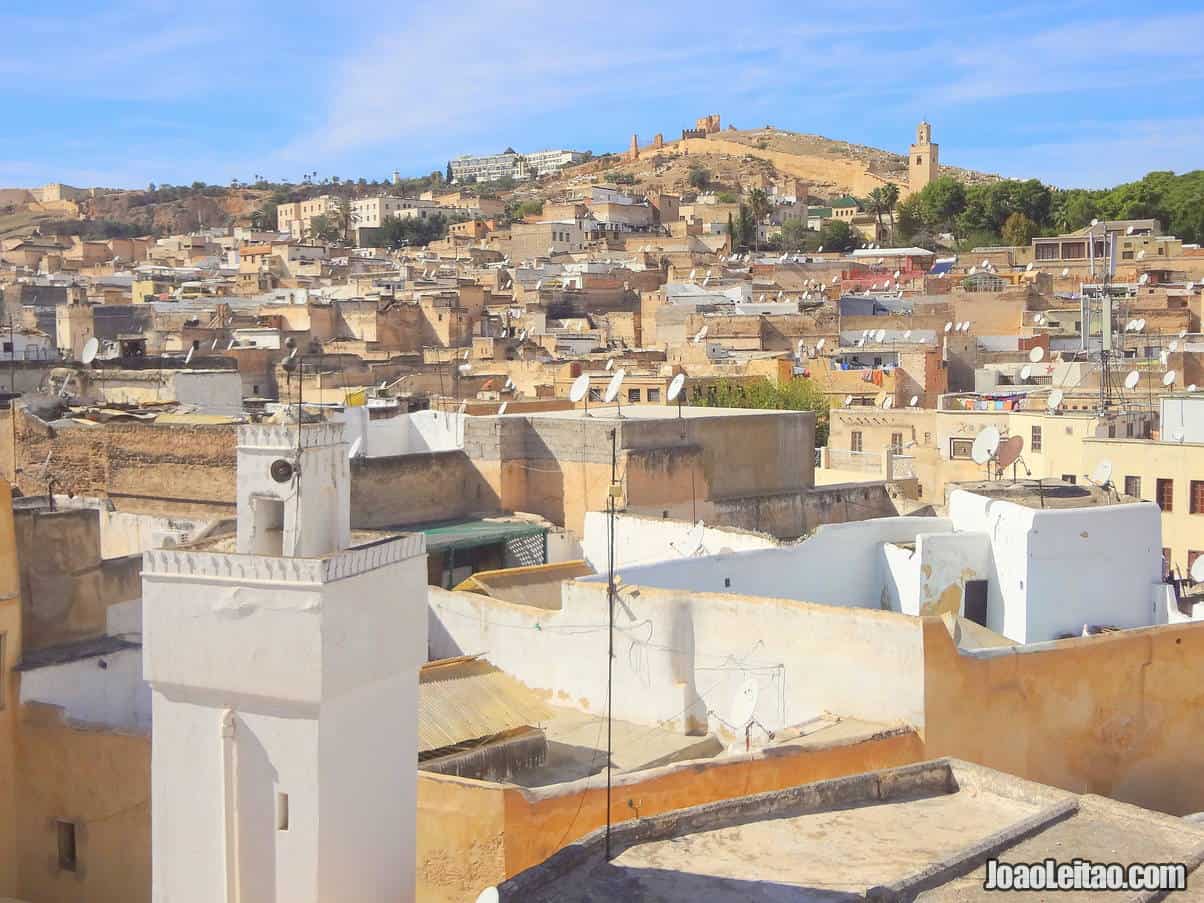
Summers in Fez can be brutally hot. Only people who do exceptionally well in high temperatures should visit the city in July and August.
In general, the best time of the year to visit the city is before and after the summer, which means in April and May, and September and October. You’ll be lucky to get good weather then. November is also a good option, with chances of getting some good days to explore the city. It’s also the time of year with fewer tourists.
Fez City Guide
Day 1 in Fez – What to Visit
1. The Medina
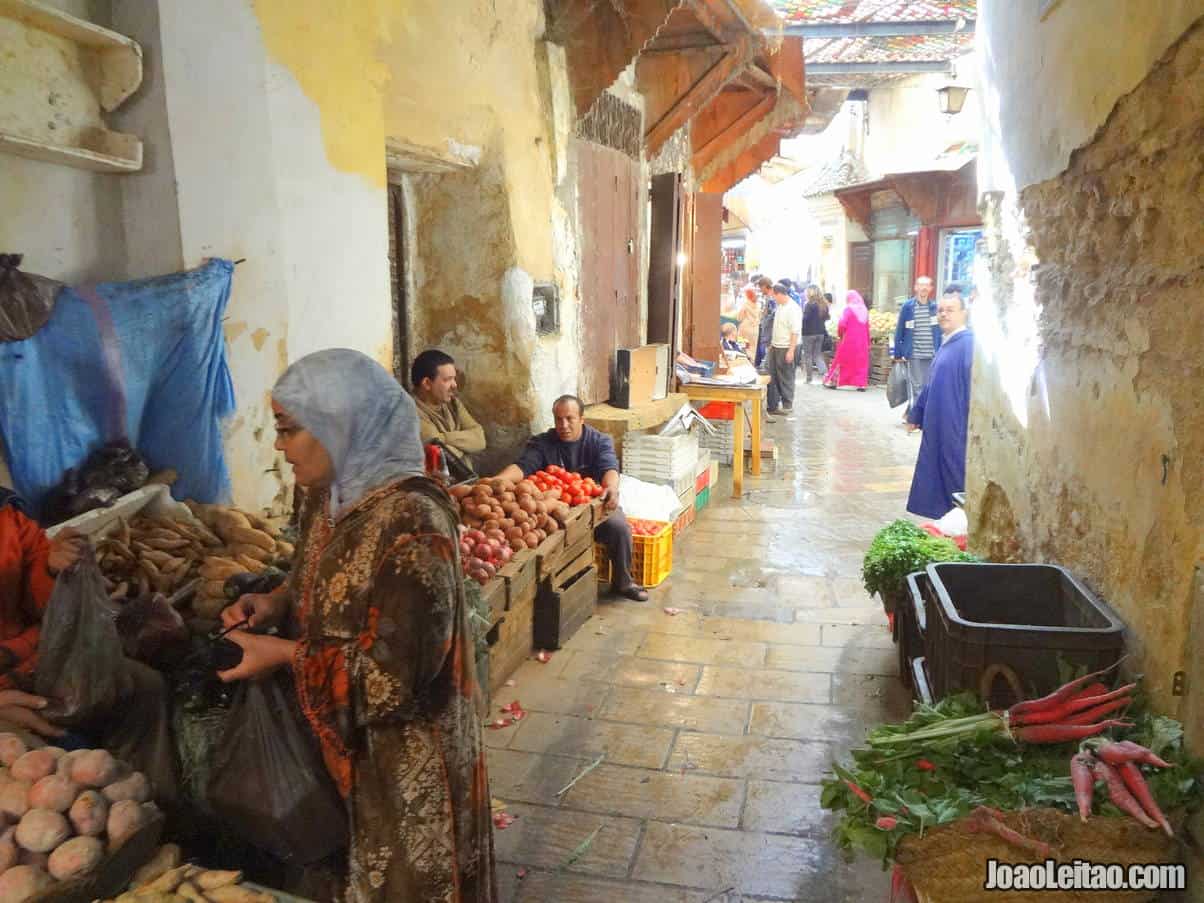
I’ll address many of the points of interest in the medina of Fez next, but the historic center of the city on its own deserves a separate introduction.
Walking into this vast space is like traveling back in time, going into the Middle Ages, and in fact, a lot of what we see in the streets of Fez is genuinely medieval.
There you’ll find fabulous markets, old mosques, Madrasas, luxurious riads, mysterious gates, squares full of life, and dazzling pieces of Arabic architecture. And all of this is amplified when the calls to prayer begin at the same time from dozens of minarets. The medina of Fez is a magical place and is no wonder it’s been part of the list of UNESCO World Heritage Sites since 1981.
2. The Fez Tanneries
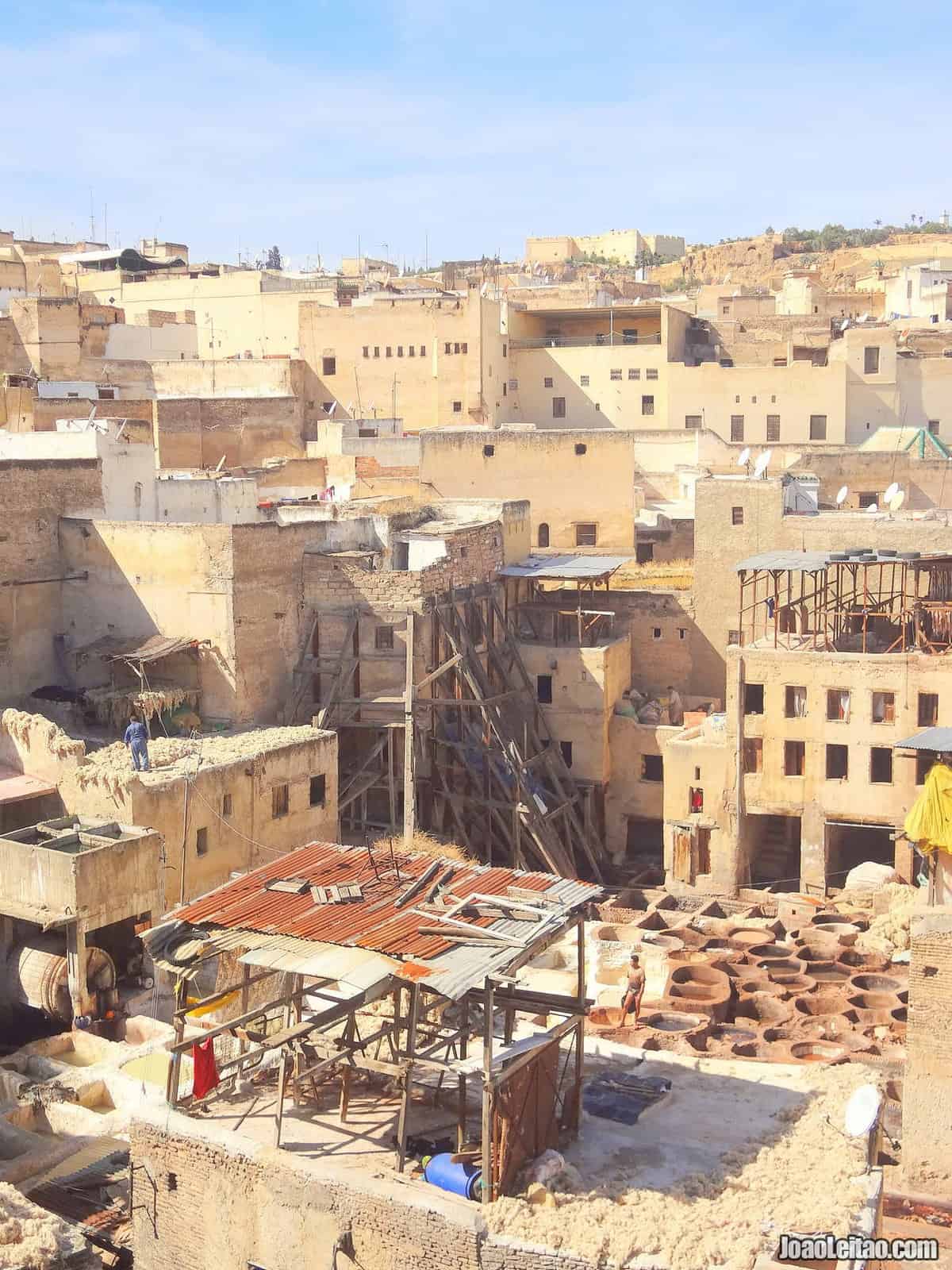
This is one of the most iconic places in Fez, in fact, of Morocco! The Chaouwara are the most famous tanneries, also known as Quartier des Tanneurs, located outside the medina on the north side, in an area that you can now reach by car.
They work the leather following ancient methods that date back to the Middle Ages. They dip the leather they want to taint in square or rectangular tanks, and those colors give the place that famous look that’s been photographed countless times.
However, there are two issues with visiting tanneries: the first one is the sickening smell all over the place, caused by decomposing organic matter, and that you can minimize by covering your face with a scarf or a piece of fabric or, like the Moroccans do, by placing a sprig of mint near the nose. The second issue is that to visit the tanneries you have to visit one of the leather goods shops in the area and, of course, “handle” the vendors.
Off the record, access to the platforms is not allowed, but there’s always a local willing to take you there for a closer look for a small fee.
The best time to visit is in the morning when the colors are more vibrant, and the smell is not as intense.
Chaouwara was renovated in 2016, but the feel of the place remains intact, considering the necessary work done to improve surrounding areas.
3. Bou Inania Madrasa
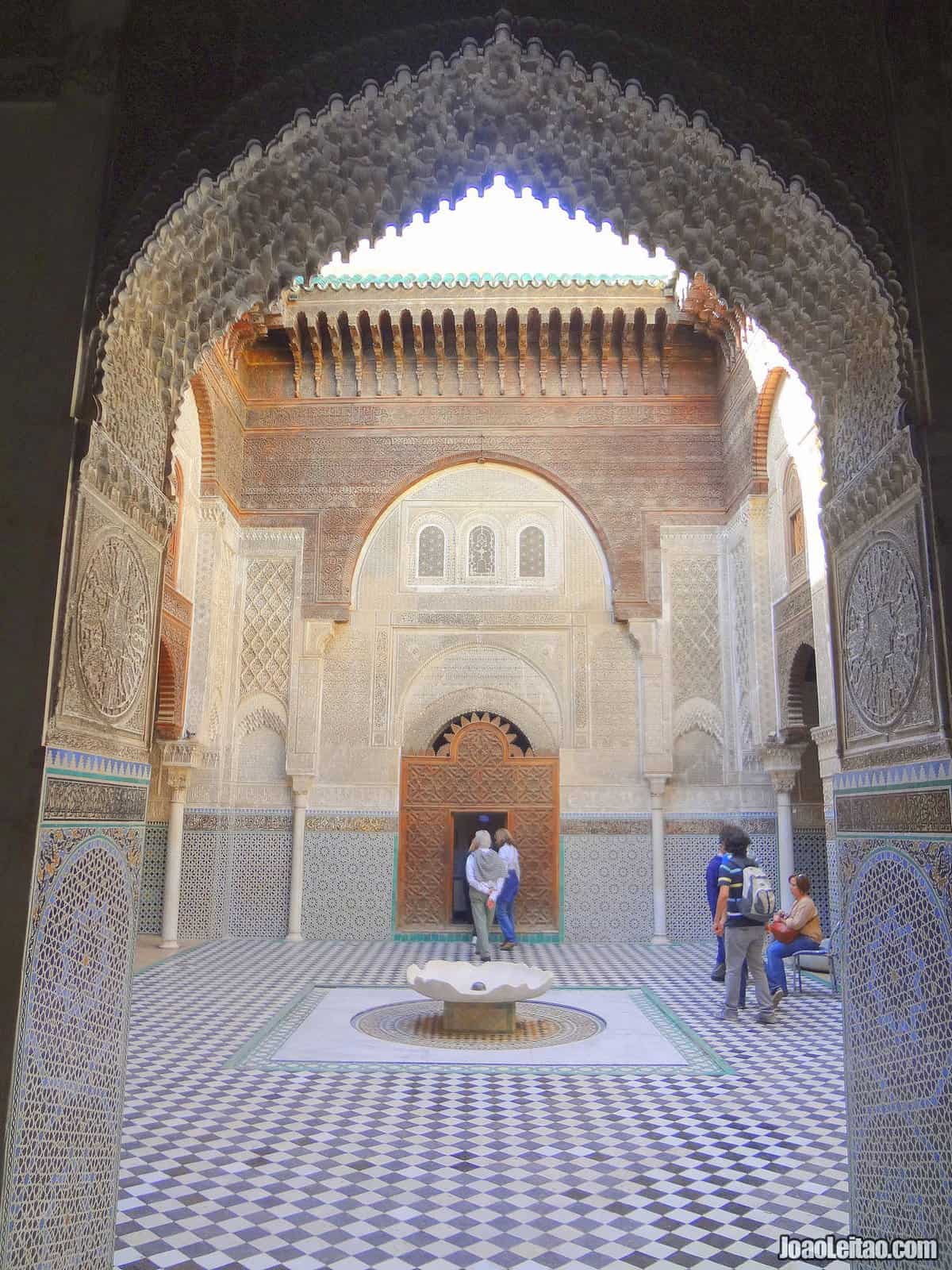
This madrasa – religious school – was founded in the mid 19th century by Abu Inan Faris, Sultan of the Marinid Dynasty. Its unique minaret covered in green mosaic, unusual in a madrasa and the only one in Fez, is visible from the terraces of almost all of the city’s medina. This religious school has something else that sets it apart: unlike what happens in other madrasas, that include a prayer room, here they built a mosque inside the compound. Allegedly, because there wasn’t a mosque in the area. The mihrab – a niche that all mosques have and that marks the direction of Mecca – is particularly beautiful, with an ornate ceiling and marble columns.
The madrasa was renovated in the 18th century, and extensive restoration work was done in the 20th century to reinforce the weakened structure. They refurbished the stucco, all the wood paneling and details, and the mosaics.
And now for some good news: this madrasa is one of the few religious places non-Muslims can visit in Morocco, and you can do it every day from 8 a.m. to 6 p.m.
4. Ibn Danan Synagogue
This beautiful synagogue was built in the 17th century by a prosperous merchant from Ait Ishaq called Mimoun Ben Sidan. At the time, it was just another synagogue in Fez, and it wasn’t particularly impressive. You access the temple through a door that looks like just any of the entries in the neighboring buildings, walk up a flight of stairs, and reach the main room that is entirely different from its golden times.
They did an overall renovation in 1870, but when most of the Jewish left Morocco, after the Second World War and the creation of the Israel State, it complicated things. Fortunately, UNESCO committed to preserving the synagogue and invested in restoration work in 1999.
Visiting the synagogue might be difficult. It’s about being lucky enough to find one of the keepers that might show you some of the places besides the main room, such as the mikva (the ceremonial bathtub) in the basement and the sacred objects they store in cabinets, like the 17th-century gazelle skin scrolls with the Torah.
5. Borj Nord
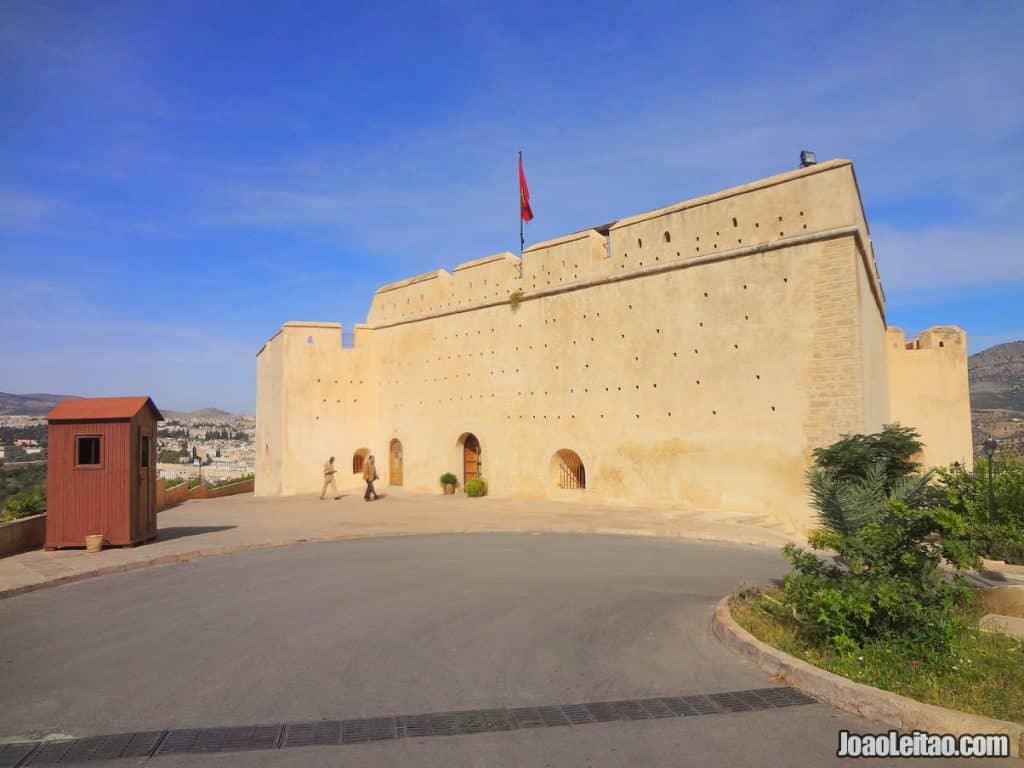
Located outside the medina, atop one of the surrounding hills, this fort overpowers it. If it’s not too hot, you can easily walk from the gates of the old city to the entrance of Borj Nord (North Fort), passing by a cemetery that you should visit too.
Both Borj Nord and Borj Sud (South Fort) were built by Sultan Ahmed al-Mansour in the 17th century, mostly to control the growth of Fez’s population and not so much to defend the city from outside attacks.
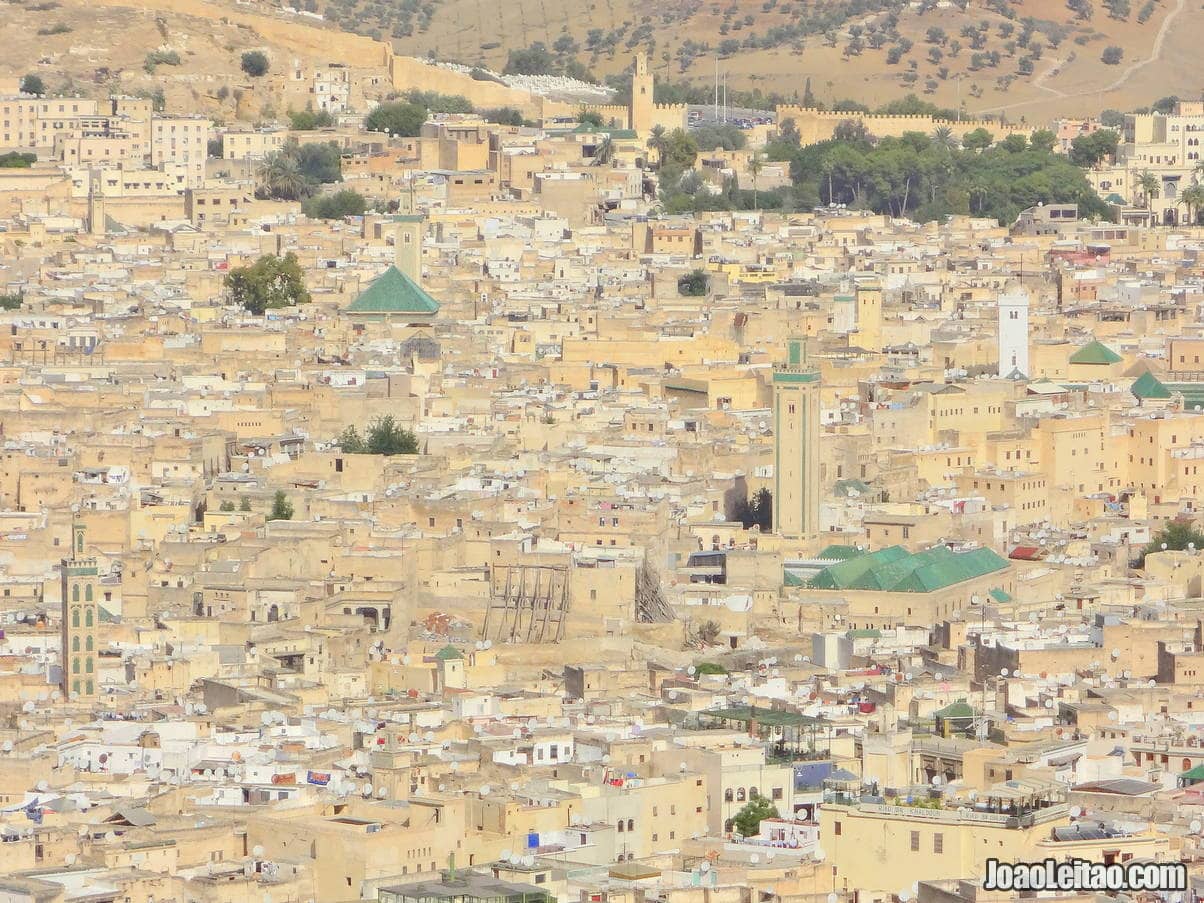
The building and the views of the city are incredibly photogenic. Its star-shaped plan rests in four triangular bastions, but this is a feature that was added later, probably during the Alaouite Period. The original fort was cubic-shaped, just like the Borj Sud still is today, inspired by Portuguese military architecture. Ironically, the fort was built by Portuguese war prisoners.
You can visit inside the fort, that houses the Army Military Museum, the first of its kind in Morocco, founded in 1963. The museum has about 5,000 pieces in 13 rooms, showcasing a well-curated collection of art pieces and objects related to military activities. I especially recommend visiting the top terrace.
6. Royal Palace
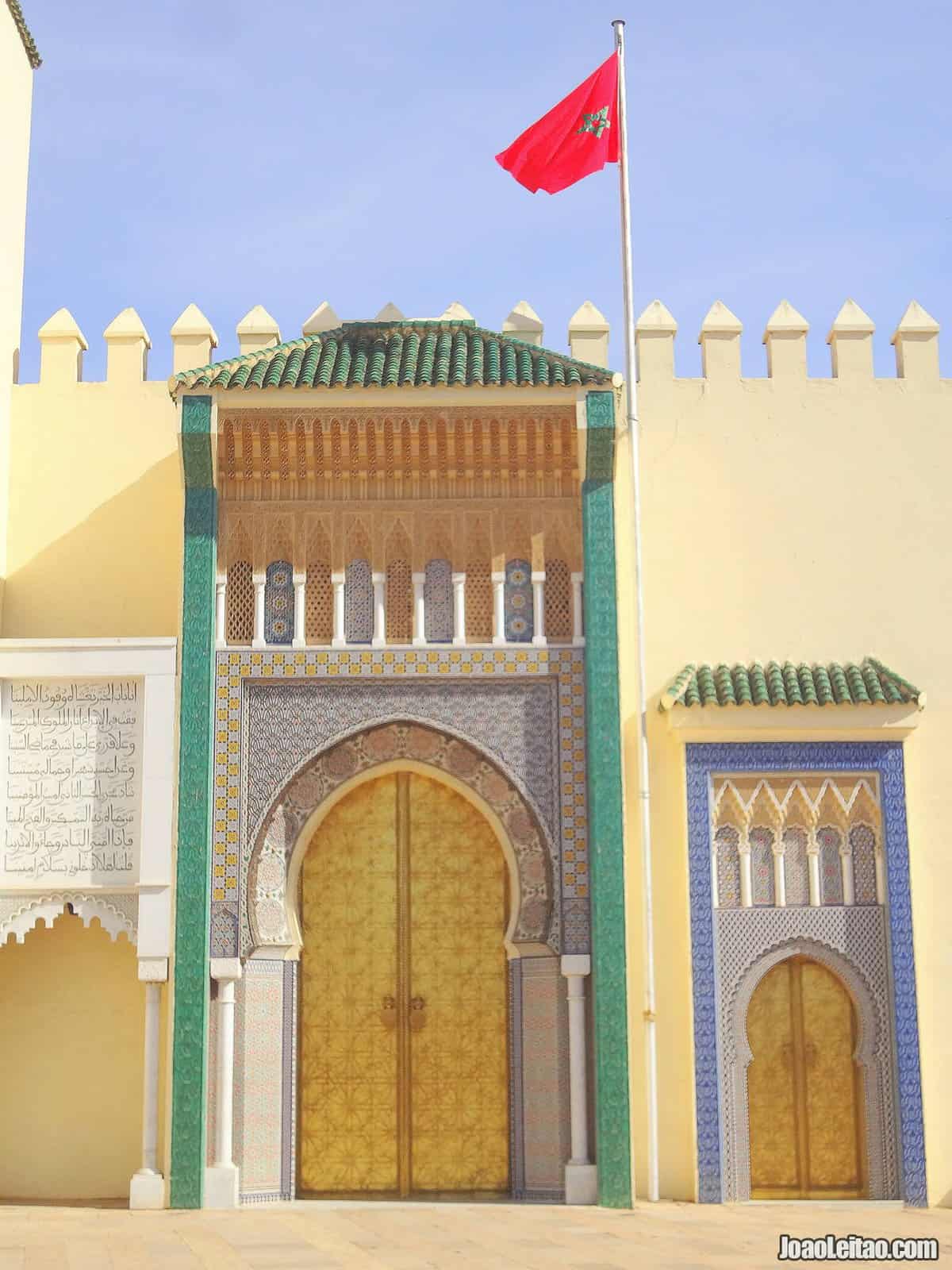
The king of Morocco has palaces all over the country, always ready to welcome the members of the Royal Family in case they visit and, of course, Fez is no exception.
There are 80 hectares of palace, including the gardens, but you can only picture the splendor inside in your mind, because you are not allowed to visit it and taking photos is strictly forbidden.
I still recommend you visit the main gates to the palace at Place des Alaouites, which are an attraction on their own. The massive bronze doors are just one of the elements that stand out, but the mosaic décor is truly spectacular and only surpassed by the gold carving features.
Mind the photos! If the guards realize you’re taking pictures of the palace, they’ll demand you delete them.
7. Bou Jeloud Square
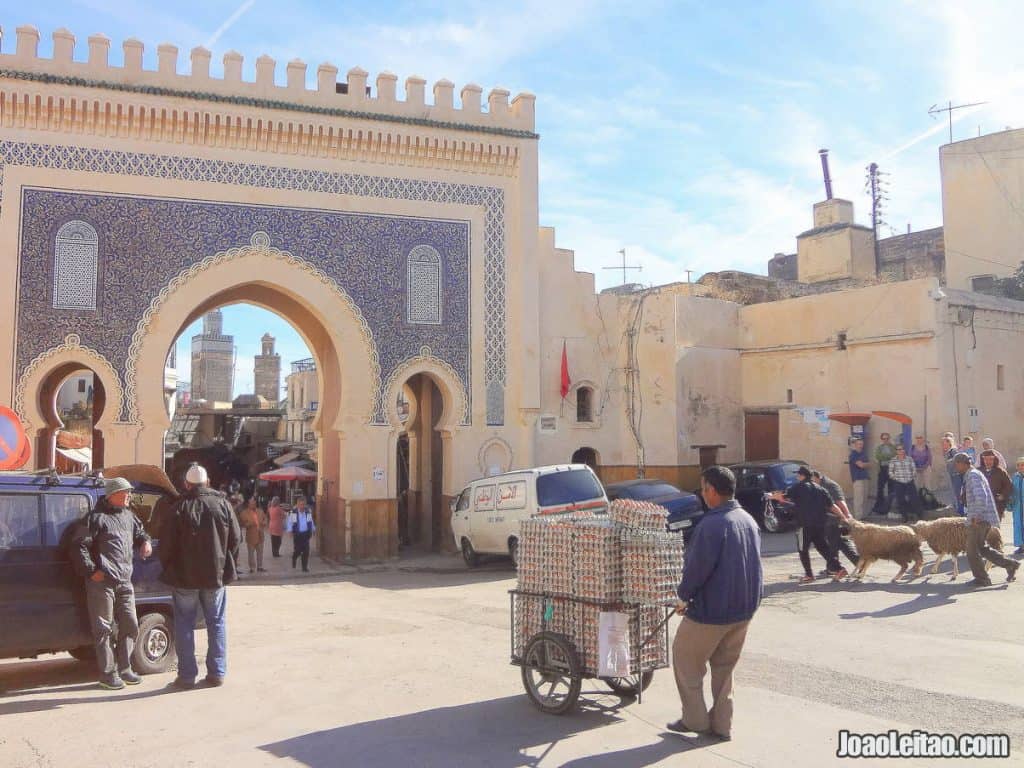
This square is close to the medina border, one of the main entrances, and it’s a social place where people gather at the end of the day for some leisure time before returning home.
It’s a kind of a smaller scale Djemaa el-Fna, where you can see anything, and where anything can happen: snake charmers, dancers, musicians, and storytellers. But there are days when nothing much happens and other days, especially during events, when the square turns into an insane carnival. How you’ll find the square that day, is a matter of chance.
8. Kairaouine Mosque and University
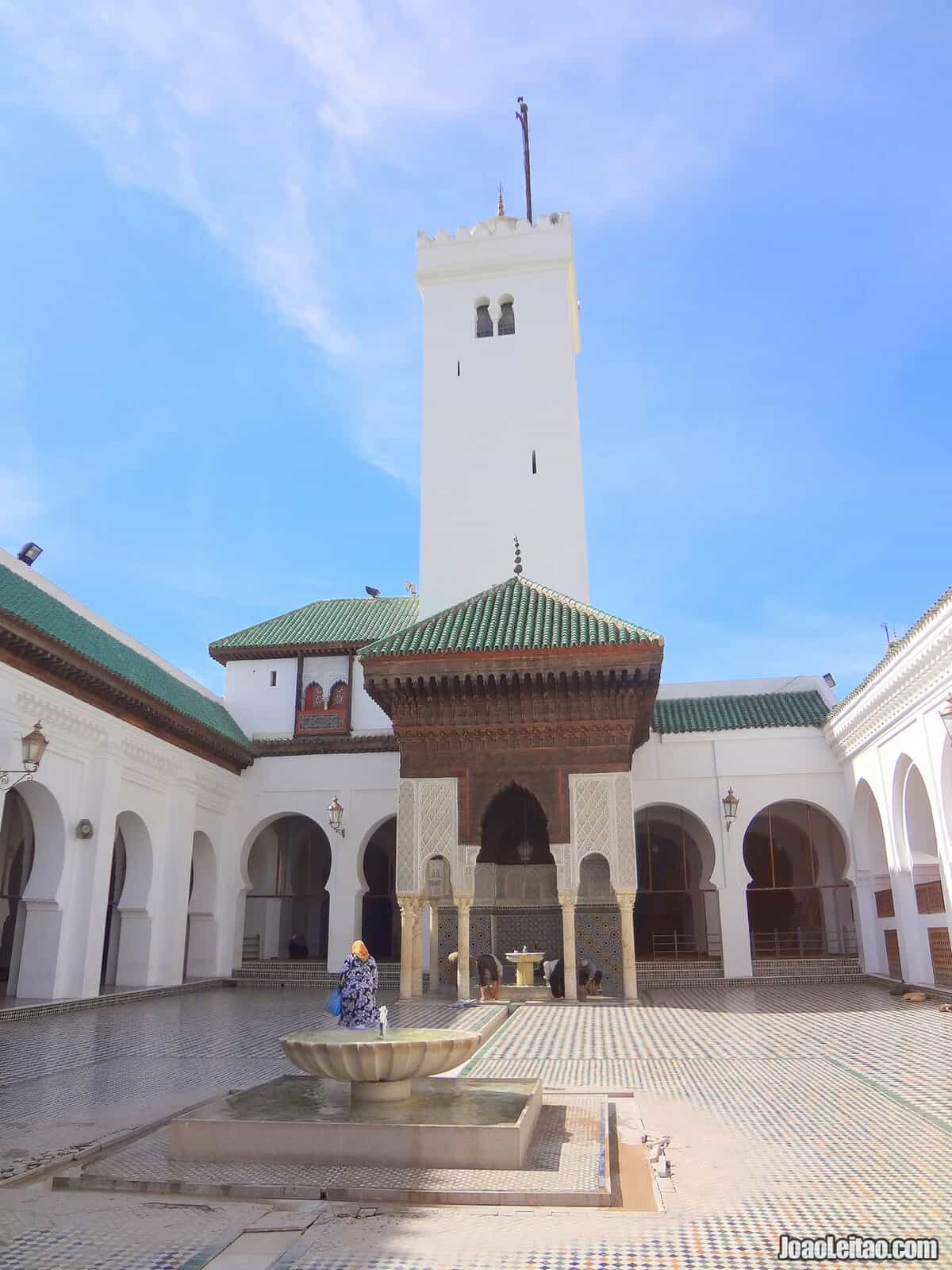
It’s one of the largest mosques in Africa, and if that wasn’t enough, it houses the oldest university in the world.
Unfortunately, travelers can’t include this site in their must-visit list: not only it’s limited access to Muslims only, but there’s not much you can see from the outside. It’s located in such a narrow place, surrounded by the medina that grew around it, that, to be honest, you won’t see much. It now has space for 22,000 devotees, but it wasn’t this large in the beginning. The mosque has been expanded since its original construction, over 1,000 years ago, and it grew from a length of about 30 meters to the vast space you see currently. The more significant construction work was done in 1135 by Sultan Ali Ibn Yusuf, that defined the structure of the mosque as we see today. They added two more pavilions to the compound in the 16th century.
The University was founded in 859 by Fatima al-Fihri, the daughter of a wealthy merchant called Mohammed Al-Fihri from Kairouan. UNESCO has recognized it as a “university” since its inception, making this the oldest university in the world. It came a long way since its essential role in the Islamic culture to becoming part of the official Moroccan teaching system in 1963. In fact, it’s been active without interruptions for the past 1,200 years.
The university library, with invaluable books, was recently renovated and is open to the public.
9. Batha Museum
The Batha Museum is located inside a beautiful late 19th-century mansion, built by Moulay Hassan in al Andalus style and property of two Sultans: Hassan I and Moulay Abdelaziz. The museum was founded in 1915, and you’ll find it in the center of the medina, in front of the Bou Inania Madrasa. It’s an applied arts museum, with a vast collection covering different themes, where ceramics, mosaic, tapestry, and astrolabes stand out.
While visiting, enjoy the museum gardens, a concert venue during the important Sufi Music and Holy Music festivals, where you can relax for a bit away from the bustling Medina.
Day 2 in Fez – What to Visit
1. Dar El Magana
This house is located near the Bou Inania Madrasa and is as old as the religious school. You’ll see an interesting hydraulic clock on its façade, built by muwaqqit Abou al-Hassan Ibn Ali Ahmed Tlemsani in 1357. A muwaqqit is the person responsible for measuring time and determining the exact moment for the prayers. The mechanism was taken down for restoration work in 2004.
2. Marinid Tombs
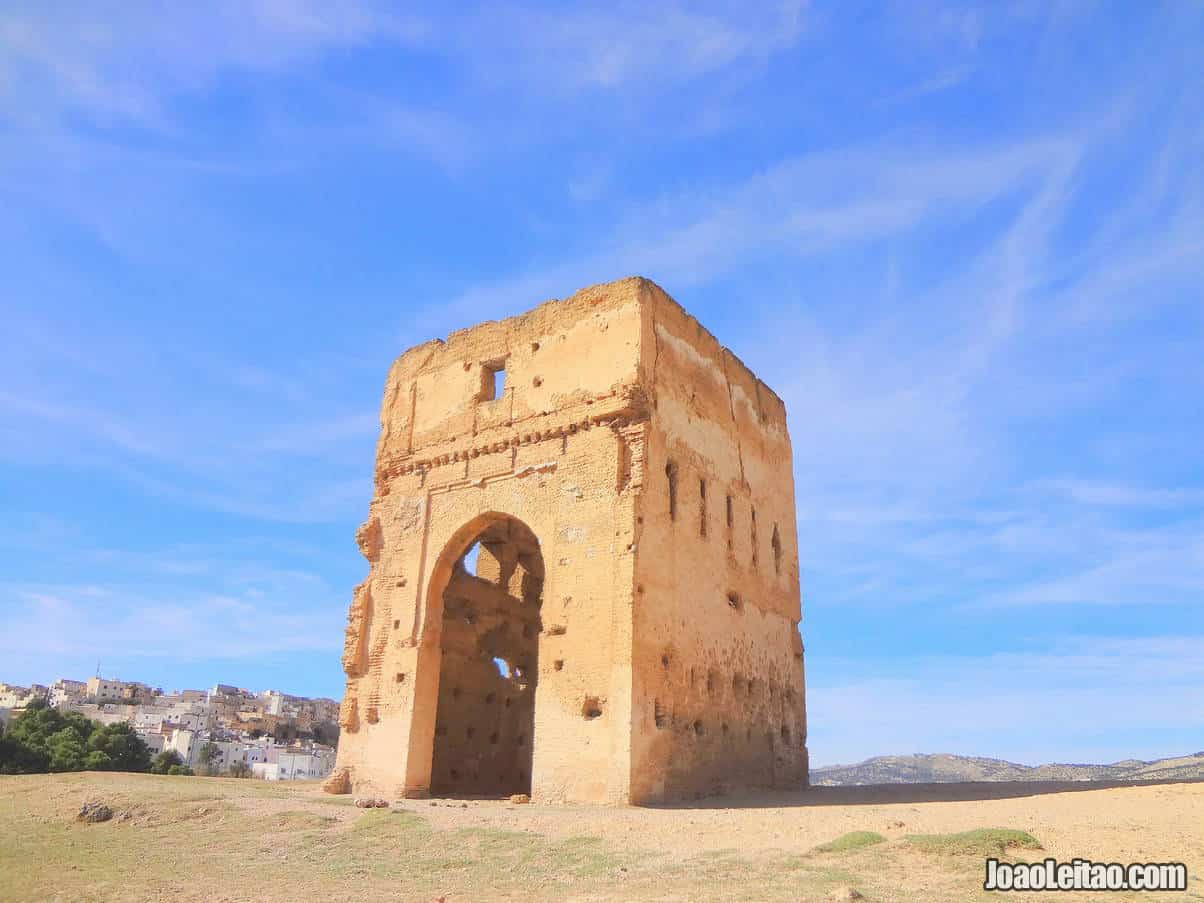
These tombs are outside the city, on the highest part of a hill, not too far from Borj Nord and the Military Museum so that you can visit both places on the same day.
The tombs are mostly ruined now, but that only adds to the dramatic atmosphere of the place, from where you have excellent views of the Fez Medina.
3. Glaoui Palace
A beautiful palace built in the 18th century. Its current bad shape is part of its charm. It was made in Al Andalus style by the Glaoui family of Marrakesh, and it’s still kept by the same family of keepers who’ve been doing it for hundreds of years. Top attractions include the gorgeous garden and the small art gallery in one of the halls in the back.
4. Bab Boujeloud
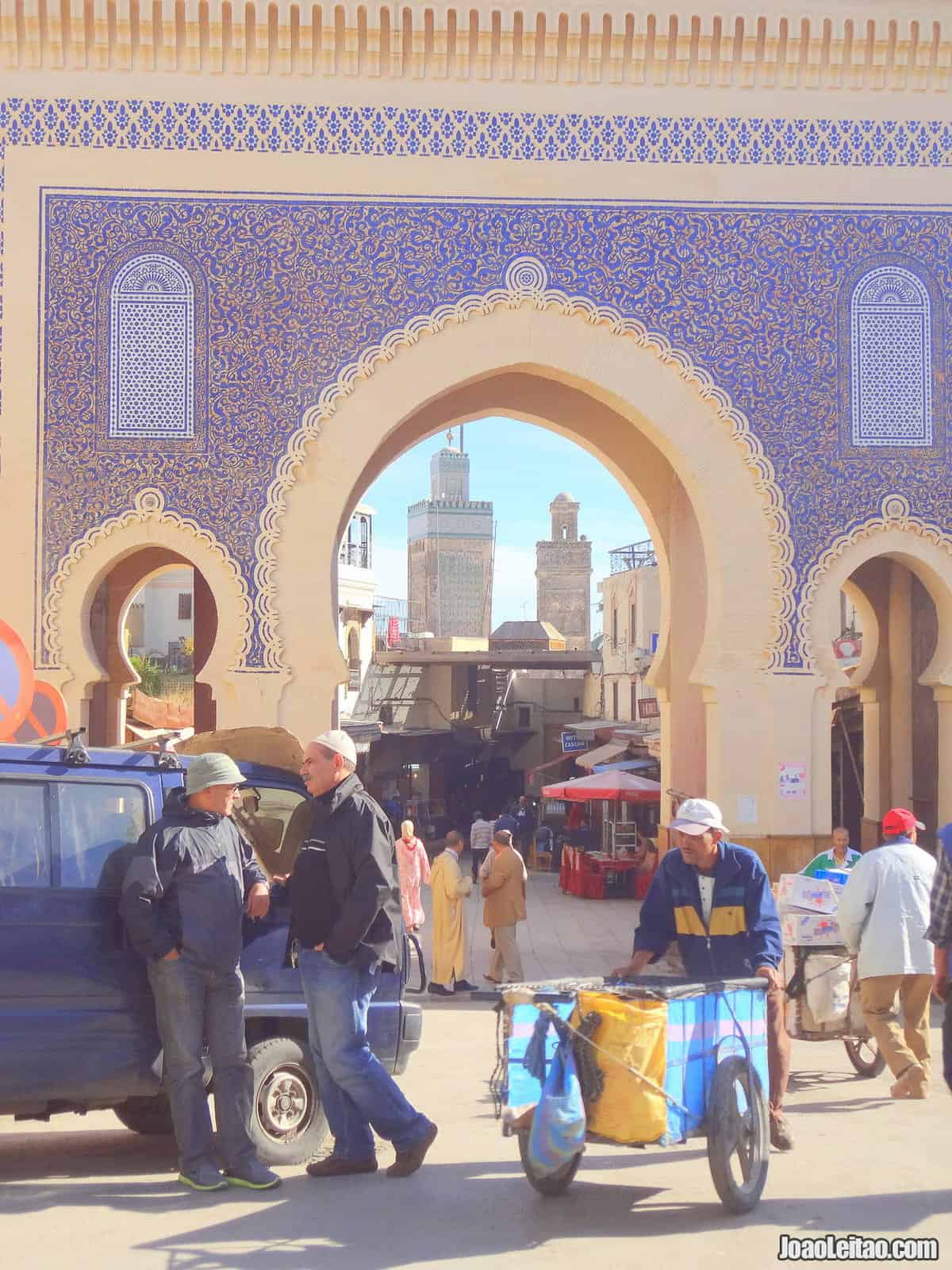
Bab Boujeloud, also known as the Blue Gate, is one of the medieval entrances to the city. It’s not that it isn’t worth visiting all the 14 medina gates, but Bab Boujeloud is genuinely the most beautiful one of all. It’s on the west side of the city and is not as old as it looks: it was built in 1913, when Morocco was a French colony, to replace an old gate that had been there, allegedly, since the 12th century. Captain Mellier, the Chief of Municipal Services, was in charge of the work. The Moorish-style triple arch of the Bab Boujeloud quickly become a symbol of Fez and is one of the most photographed parts of the city.
5. Rue des Mérinides
Minority Jewish families once inhabited this street outside the medina. Today it’s worth the visit to see the houses of different architectural styles with advanced balconies made of wood and wrought iron, unlike the typically Arabic houses you see at the Fez historic center.
6. Jewish Cemetery
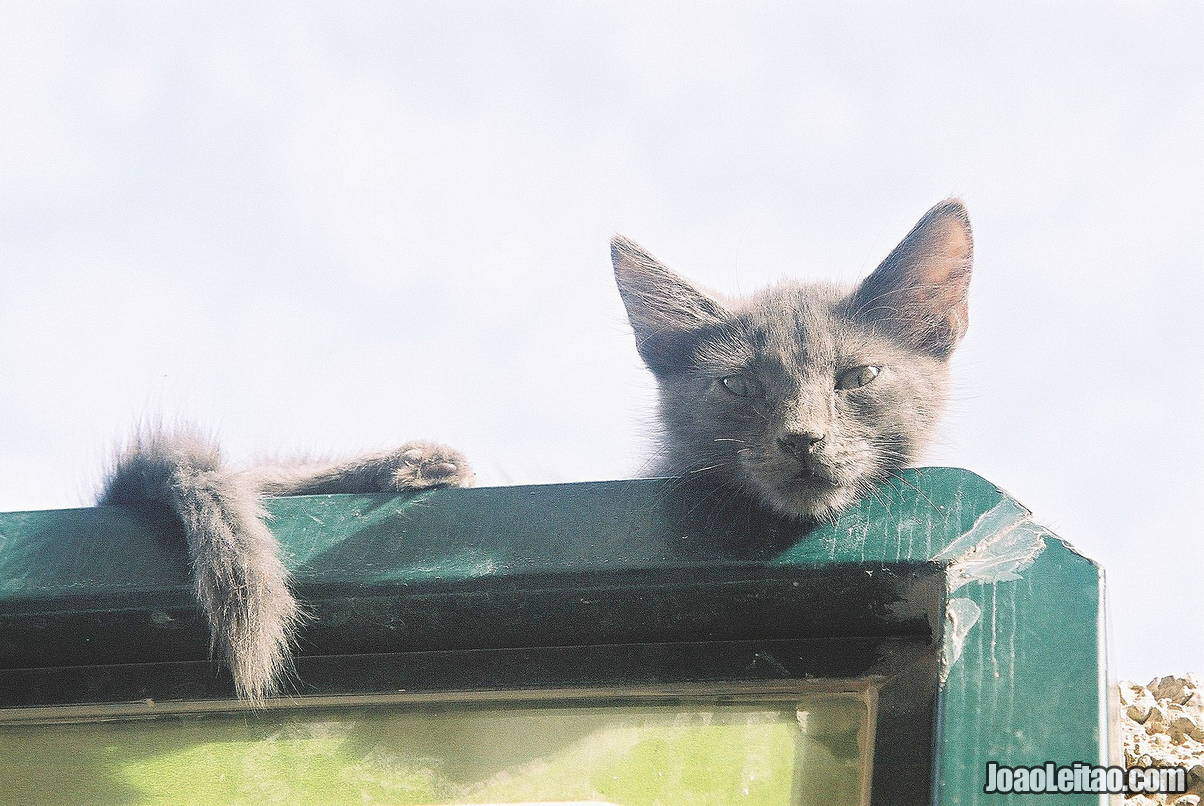
The Jewish cemetery is in the southwest corner of the old Jewish neighborhood, the mellah. It’s an interesting place to visit with many white tombs, that follow the slope of the hill where it’s located.
It’s an ancient cemetery, even though it’s technically still in use. The grave of rabbi Vidal Hasserfaty is one of the oldest graves, dating back to 1600. Another important grave to visit is the one of Solika, a 14-year-old girl who was assassinated by order of the Sultan of Tangier, for refusing to convert to Islam and become his concubine.
The cemetery has its keepers that may (or may not) show you the synagogue there. You access it through one of the streets parallel to Rue des Mérinides.
Tours in Fez
How to get to Fez
Reaching Fez is extremely easy, perfectly located as it is in the crossways of the country’s main cities. This allows you to easily travel to Tangier, Meknes, Rabat, Casablanca, Marrakesh or Chefchaouen.
By Air:
The city has an international airport with regular routes by Royal Air Maroc and other airlines. Ryanair operates 24 routes to Fez, from Madrid, Barcelona, Seville, Paris Beauvais, London Stansted, Pisa, and Brussels Charleroi, just to mention the a few places.
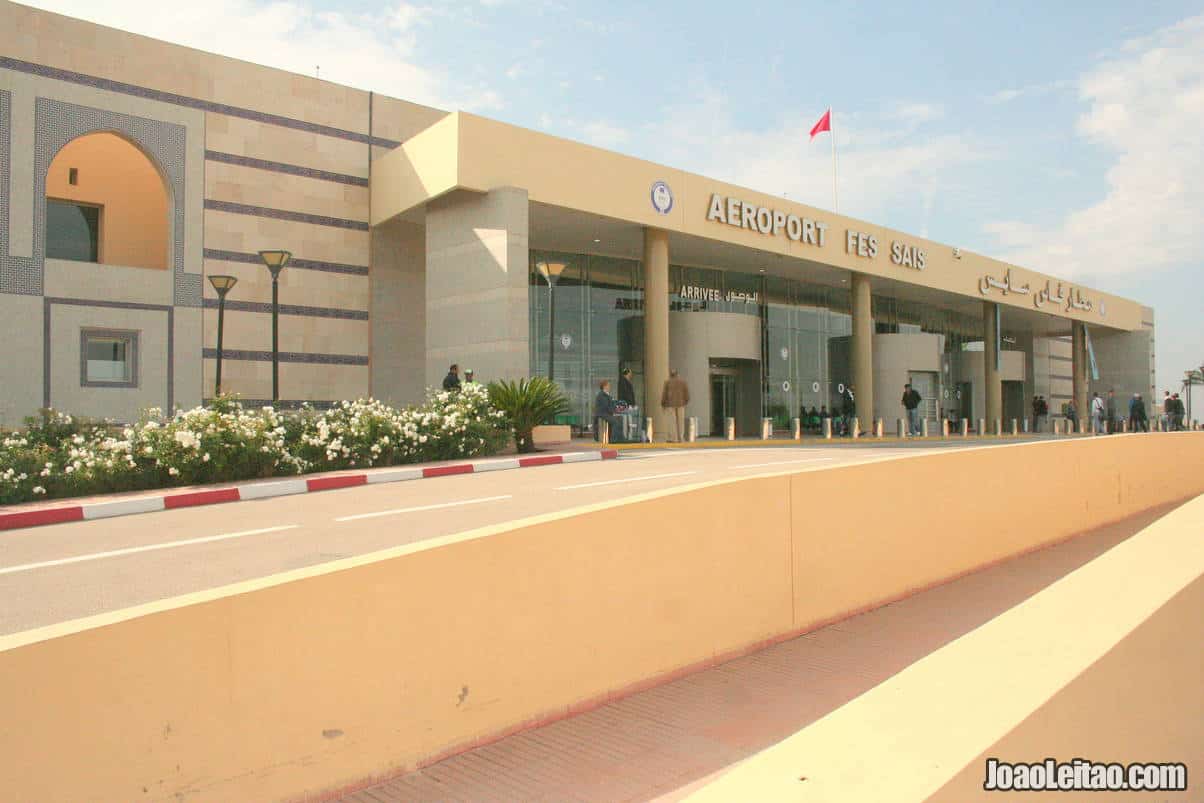
The airport is well connected to the city center by public transportation. You can catch bus number 16 and pay only 4 Dirhams for a ticket. It takes about 40 minutes to travel the 15 km between the airport and the Fez train station. If you’d rather catch a cab, it can cost you 150 Dirhams to the historic center and a little less to the new city.
Royal Air Maroc official website
By train:
If you’d rather travel by train, you won’t have problems reaching Fez. The city’s train station, Fes-Ville, is well located in the “Ville Nouvelle” (new city), the city the French built in the first half of the 20th century. There are eight daily trips to Marrakesh, a trip that should take seven and a half hours to complete unless there are delays that can be frequent. Tickets cost between 200 and 300 Dirhams.
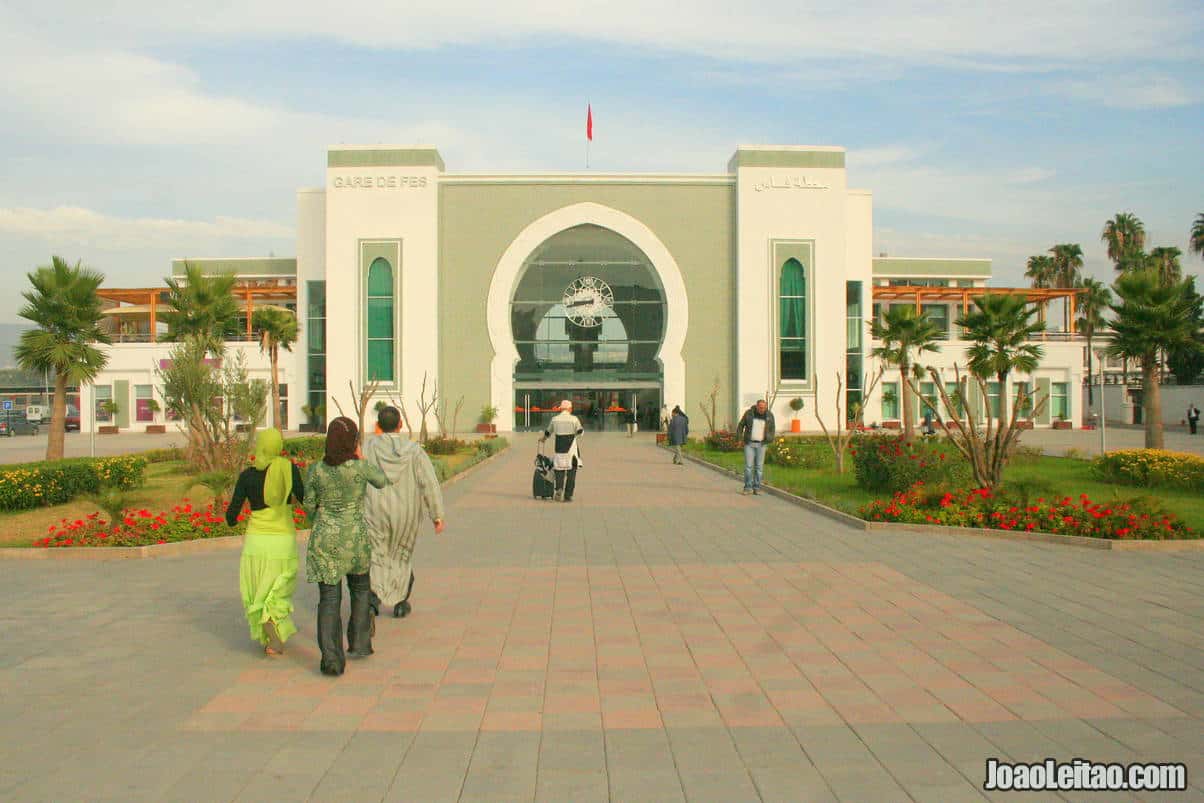
The train trip to Casablanca is shorter, from three and a half to four hours, and it costs between 110 and 165 Dirhams. Reaching Rabat is slightly faster and cheaper. There are five daily trains to Tangier, the trip takes four hours and a half, and tickets cost between 110 and 160 Dirhams.
By bus:
Gare Routiére de Fes (Fez’s bus station) serves several destinations, and you’ll find the CTM terminal at Place Allal el-Fassi, with better and more reliable buses for different routes. Please note the CTM buses leave Gare Routiére stopping there briefly after a long time in traffic, but on arrival, they end at the CTM dedicated terminal.
Supratours Bus official website
Where to Sleep in Fez
Choosing where to stay in Fez can be challenging. It’s a city full of countless beautiful riads (traditional urban houses) turned into hotels that allow you to spend the night at the charming medina. And there are options that fit all budgets.
- Fés Touria Palace is a good place for those traveling on a tight budget. You can stay in a double bedroom for 20 Euros, with breakfast included. The accommodation is simple, but the staff is extraordinarily hospitable and welcoming. The location is perfect to go and explore Fez.
- At Dar Gnaoua, an 18th-century house, the guests have access to a terrace with breathtaking views, from where you can see the whole medina. The perfect spot to enjoy the sunset and listen to the calls for prayer echoing from dozens of minarets. The rooms cost 60 Euros per night, and they are excellent, impeccably kept, and with a typical Moroccan décor. Breakfast is included.
- If you’re willing to splurge, stay at Riad Ahlam. Here you’ll find big and comfortable rooms, a charming courtyard and stunning terraces. It’s a bit more expensive at 100 Euros per night, but it’s worth it. The location is perfect, and breakfast at Riad Ahlam (included) is a great way to start the day.
Read my pages:
Visit Marrakesh: 3-day Travel Guide to the Red City
Visit Chefchaouen: 2-day Travel Guide to the blue city of Morocco
Visit Essaouira – Morocco: 2-Day City Guide to the Wind City

